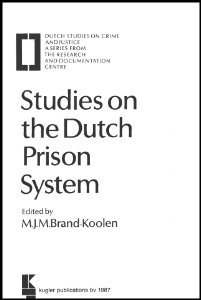By Donata Favretto, Cindi Visentin, Anna Aprile, Claudio Terranova, Alessandro Cinquetti
The most effective therapy for people with opioid use disorder (OUD) involves the use of Food and Drug Administration-approved medications—methadone, buprenorphine, and naltrexone. Despite evidence that this approach, known as medications for opioid use disorder (MOUD), reduces relapse and saves lives, the vast majority of jails and prisons do not offer this treatment. This brief examines what policymakers should consider when exploring how to best manage OUD in incarcerated populations.
It helps to first answer this question: How common is OUD in incarcerated populations? Data from 2007-2009 (the most recent available) showed that more than half of individuals in state prisons or those with jail sentences met the criteria for a non-alcohol and nicotine-related substance use disorder (SUD), meaning a problematic pattern of using a drug that results in impairment in daily life or noticeable distress, compared with only 5 percent of adults in the general population.
The gold standard of care is MOUD. In community-based settings, such as opioid treatment programs and primary care facilities, methadone and buprenorphine have been proved to reduce overdose deaths and illicit opioid use as well as the transmission of infectious diseases such as HIV and hepatitis C. A growing body of literature also exists on the benefits of naltrexone, the third Food and Drug Administration-approved medication.
Philadelphia: Pew Charitable Trusts, 2020. 22p.








